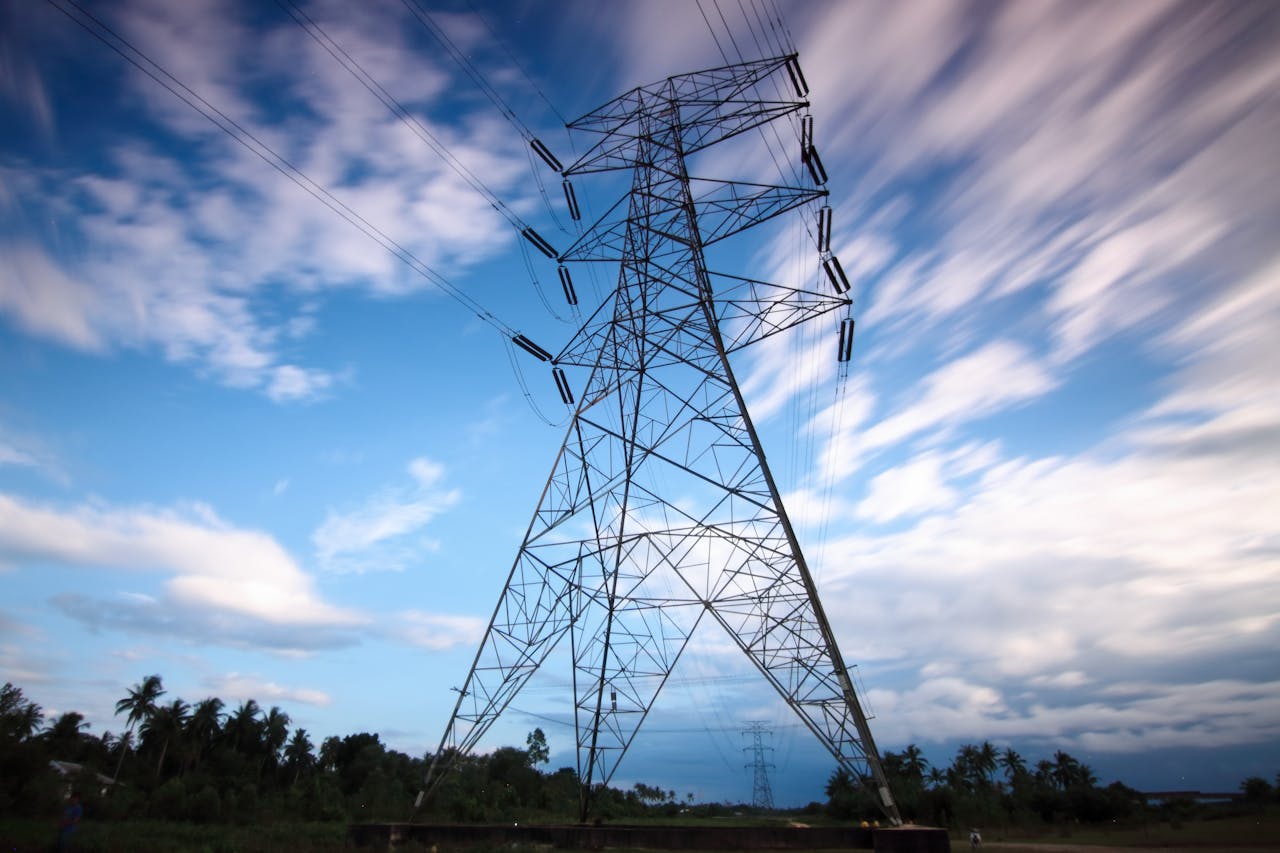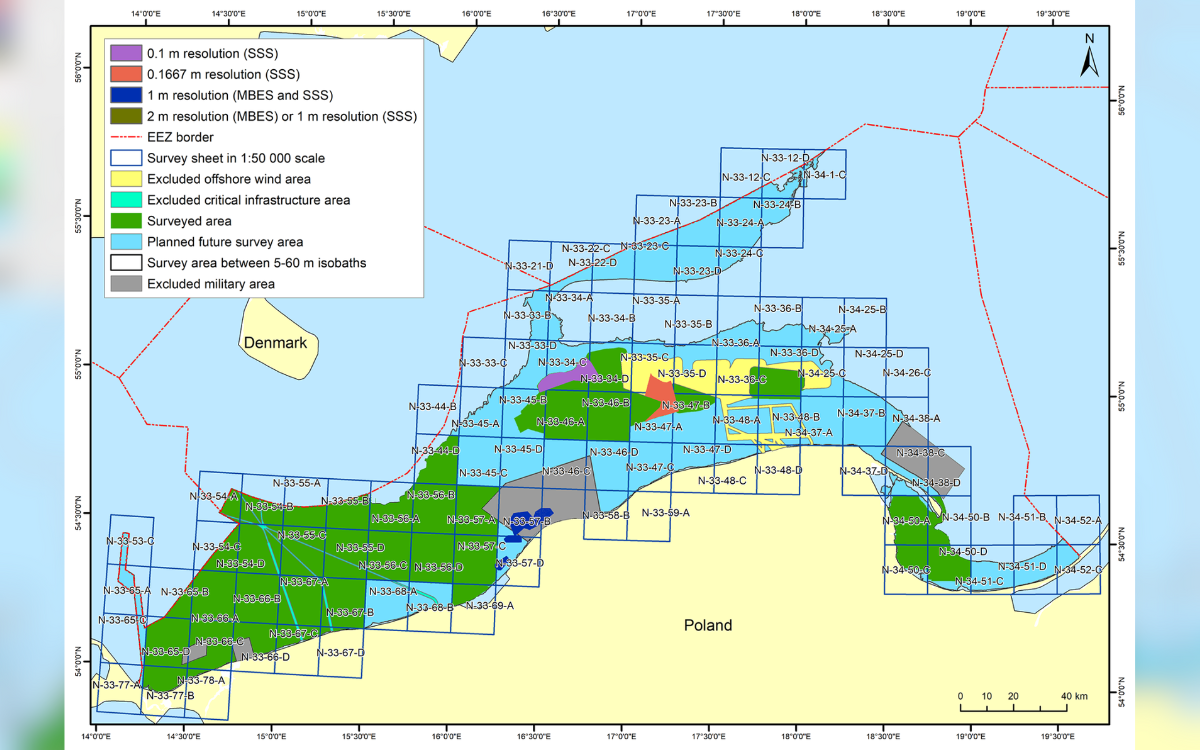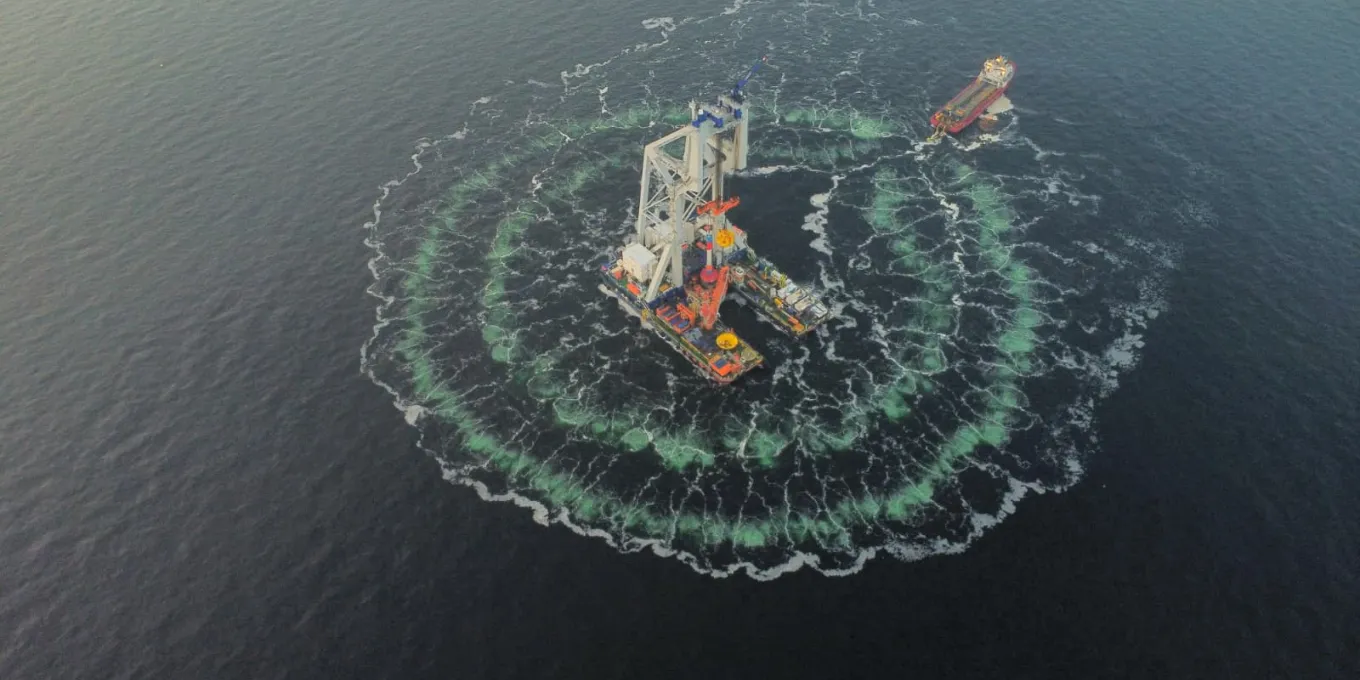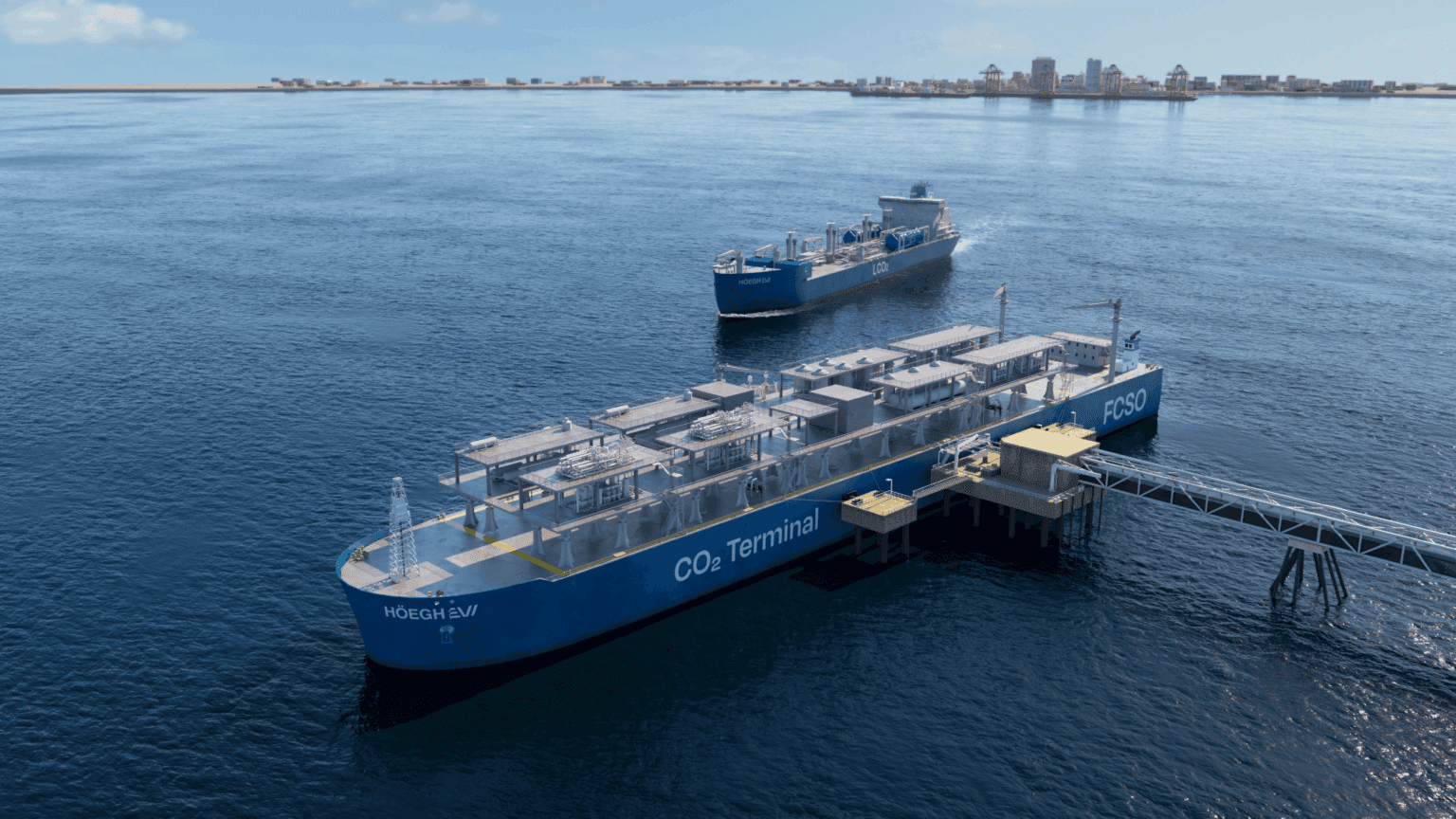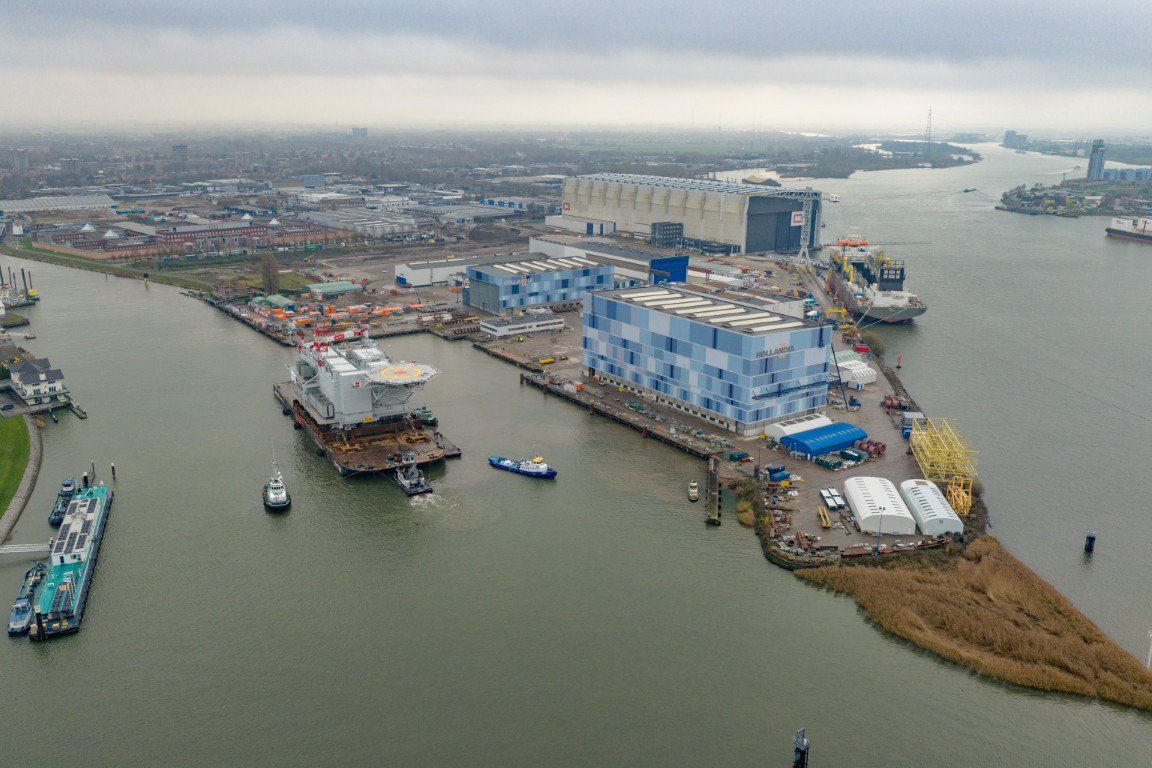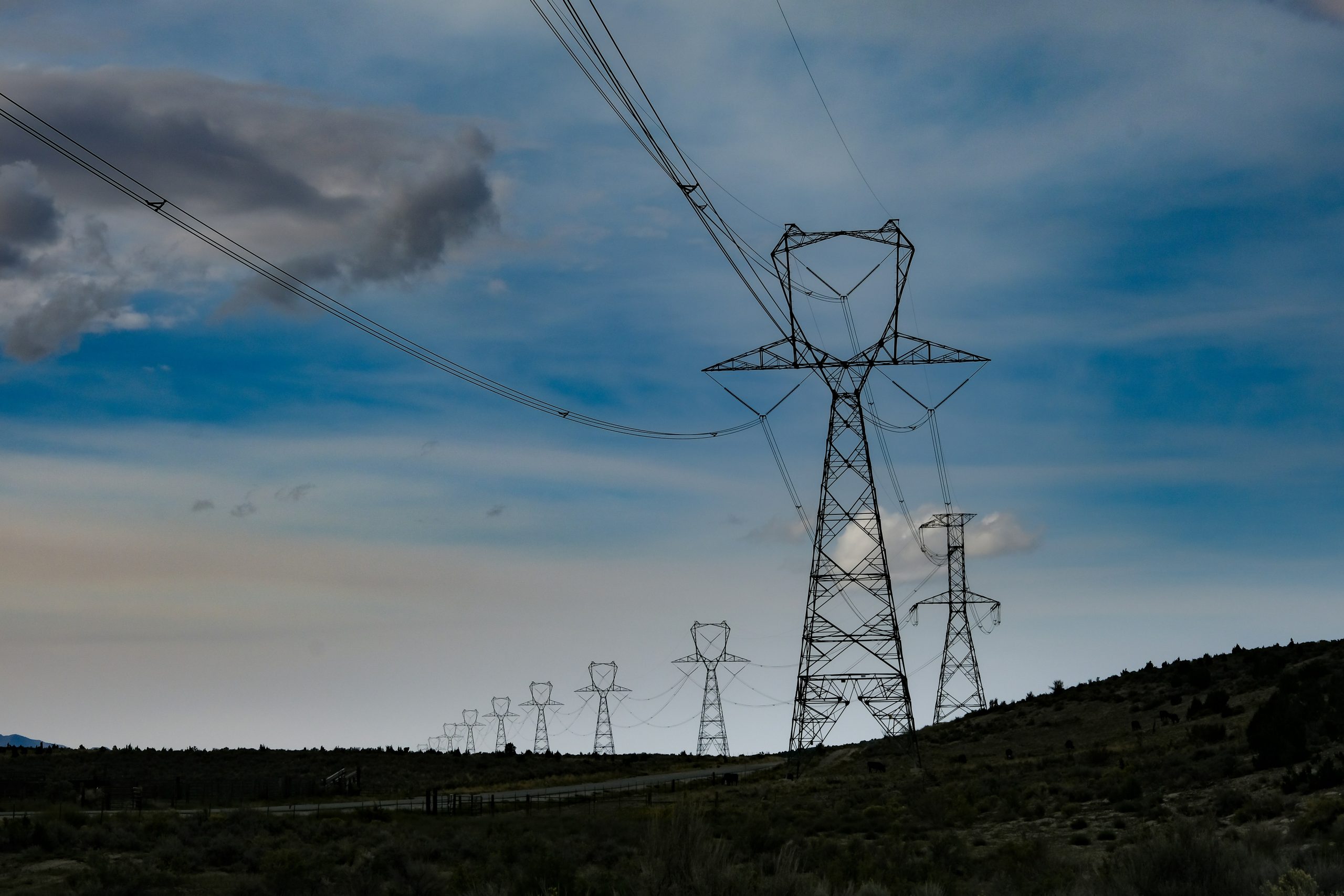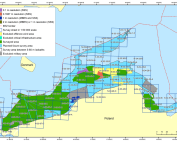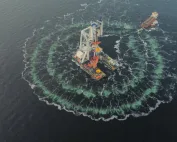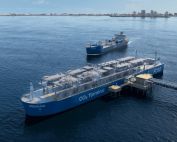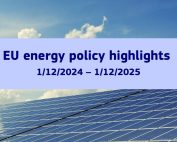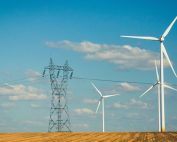The Danish Energy Agency, in collaboration with the Ministry of Climate, Energy and Utilities, has published a comprehensive new analysis exploring how Denmark can best harness its offshore wind potential by 2050. The report is part of the follow-up to the 2022 Climate Agreement on Green Electricity and Heating and aims to provide strategic insights into the country’s long-term use of maritime areas and wind resources.
The analysis evaluates how Denmark’s offshore areas can be efficiently utilized while balancing critical societal considerations such as energy security, pace of development, protection of critical infrastructure, coexistence with nature and the environment, and economic and industrial interests.
Four competitive tendering models for allocating offshore wind areas are outlined in the report. These models are designed to support Denmark’s ambitious climate and energy goals, offering policymakers a framework to consider different pathways to expansion. Each model comes with its own set of advantages and disadvantages, but the analysis deliberately avoids making direct recommendations, leaving room for further political and public debate.
The study was developed with input from various government ministries and stakeholders including industry associations, think tanks, and environmental organizations. This broad consultation ensures that the analysis reflects a wide range of perspectives and priorities.
By laying out potential strategies for offshore wind expansion, the Danish Energy Agency aims to guide future decisions that can transform Denmark’s seas into a cornerstone of the green energy transition. The full analysis is available on the agency’s website (ens.dk).
